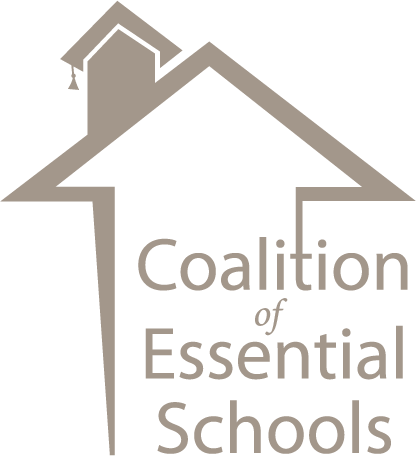As an English as a Second Language teacher at Chicago’s Sullivan High School, Naomi Nakayama works with many refugee students who have come to the United States after years of disjointed or unavailable education. Refugee students take on the challenge of learning English while acquiring academic skills that many of their peers had the opportunity to master years before; often, refugee students also face unique social and psychological adjustments. Nakayama led “Dos and Don’ts with Refugee Students,” a roundtable discussion at CES’s 2002 Fall Forum and shared this summary of strategies and suggestions:
Do
- Have high standards
- Be flexible
- Ask student questions about past, home countries, etc.
- Research student’s homeland (politics, educational system, language, etc.)
- Incorporate student’s experiences
- Share information pertinent to student’s
progress with colleagues- Read picture books to class
- Use a variety of group configurations and
seating patterns to encourage conversationDo Not
- Assume literacy in the student’s native language
- Assume student is monolingual
- Assume students from the same country will automatically befriend each other
- Assume all school-related roles are the same
across cultures; expectations of teachers and
students can vary widely from place to place- Assume students will quickly share personal
stories into lessons
The Office of the United Nations High Commissioner for Refugees’ website provides extensive background data and status updates for refugees worldwide, along with educational resources and news.
The Cultural Orientation Resource Center www.cal.org/corc
The Cultural Orientation Resource Center (CORC), funded by the U.S. Department of State, Bureau of Population, Refugees, and Migration, focuses on refugee populations within the United States. The CORC website provides information about housing, community services, transportation, health, employment, and cultural adjustment in several Asian, European, African, and Middle Eastern languages along with guides for educators and others working with refugee populations.
